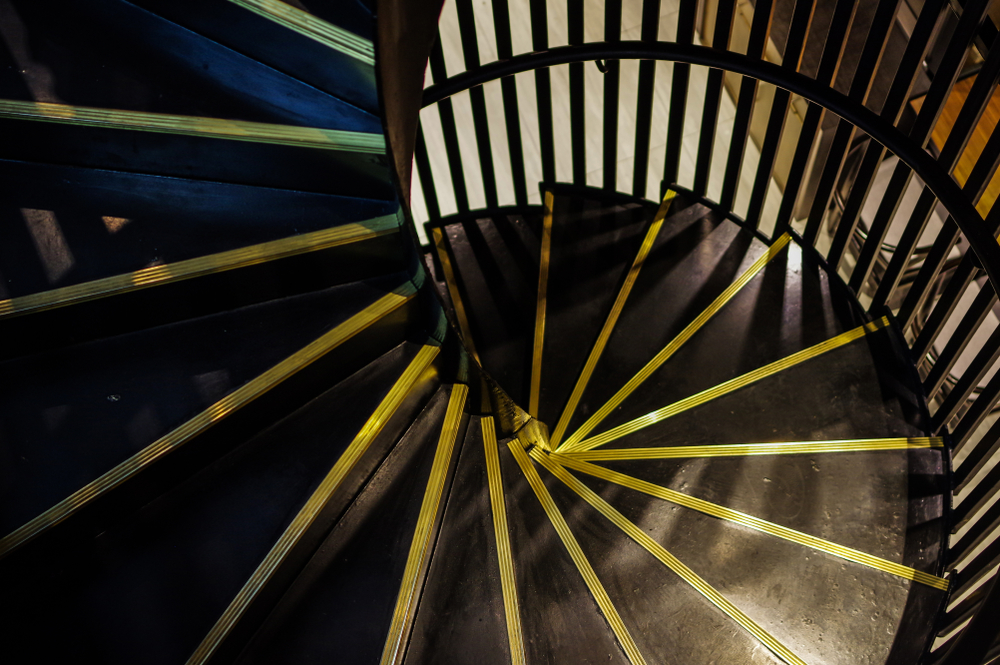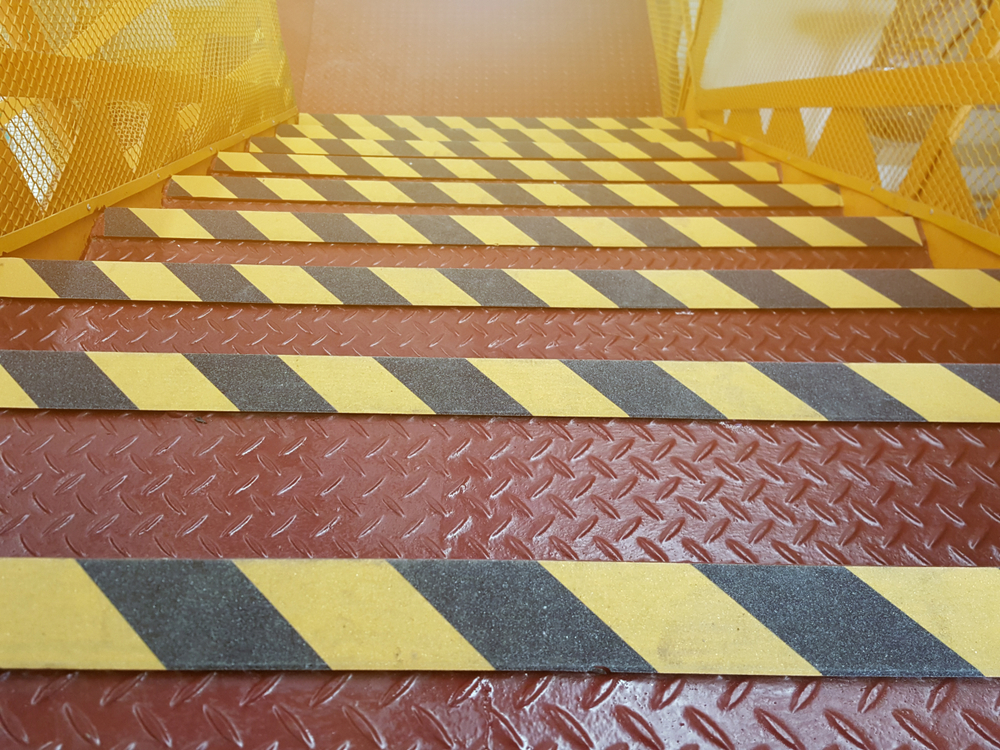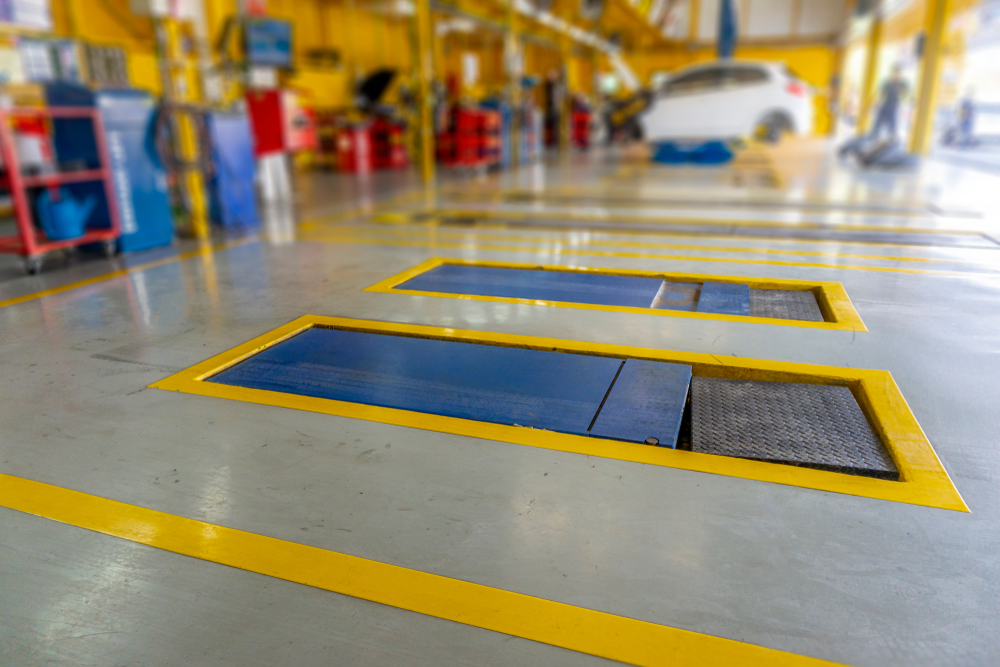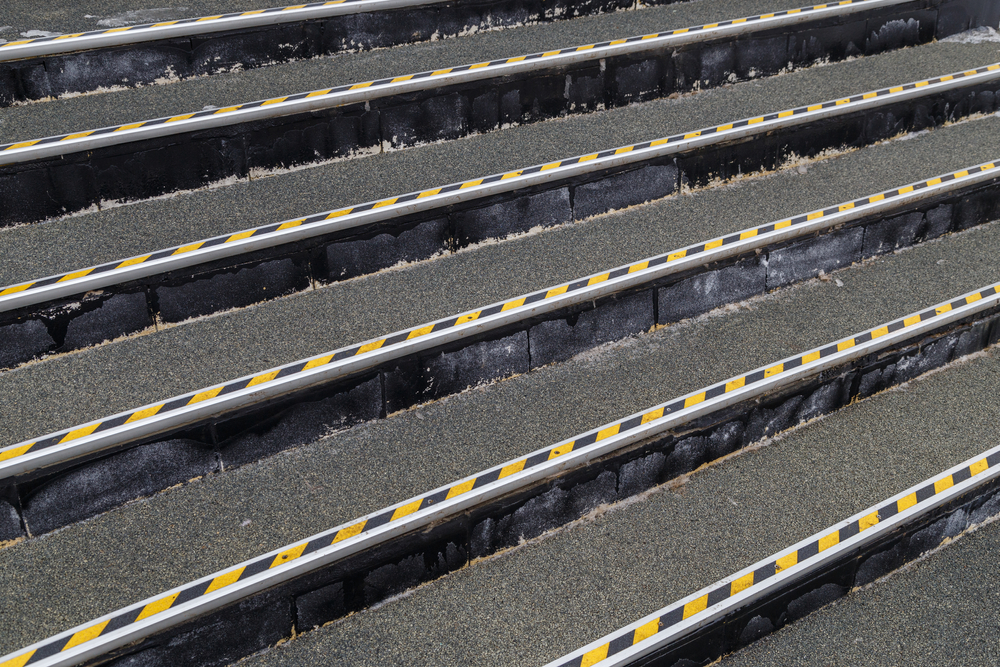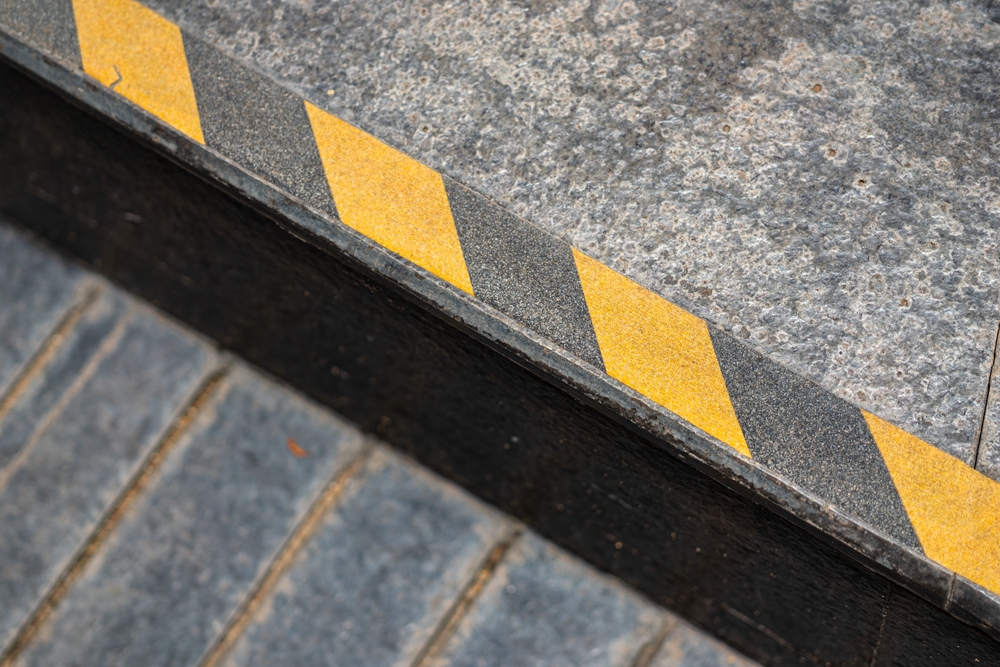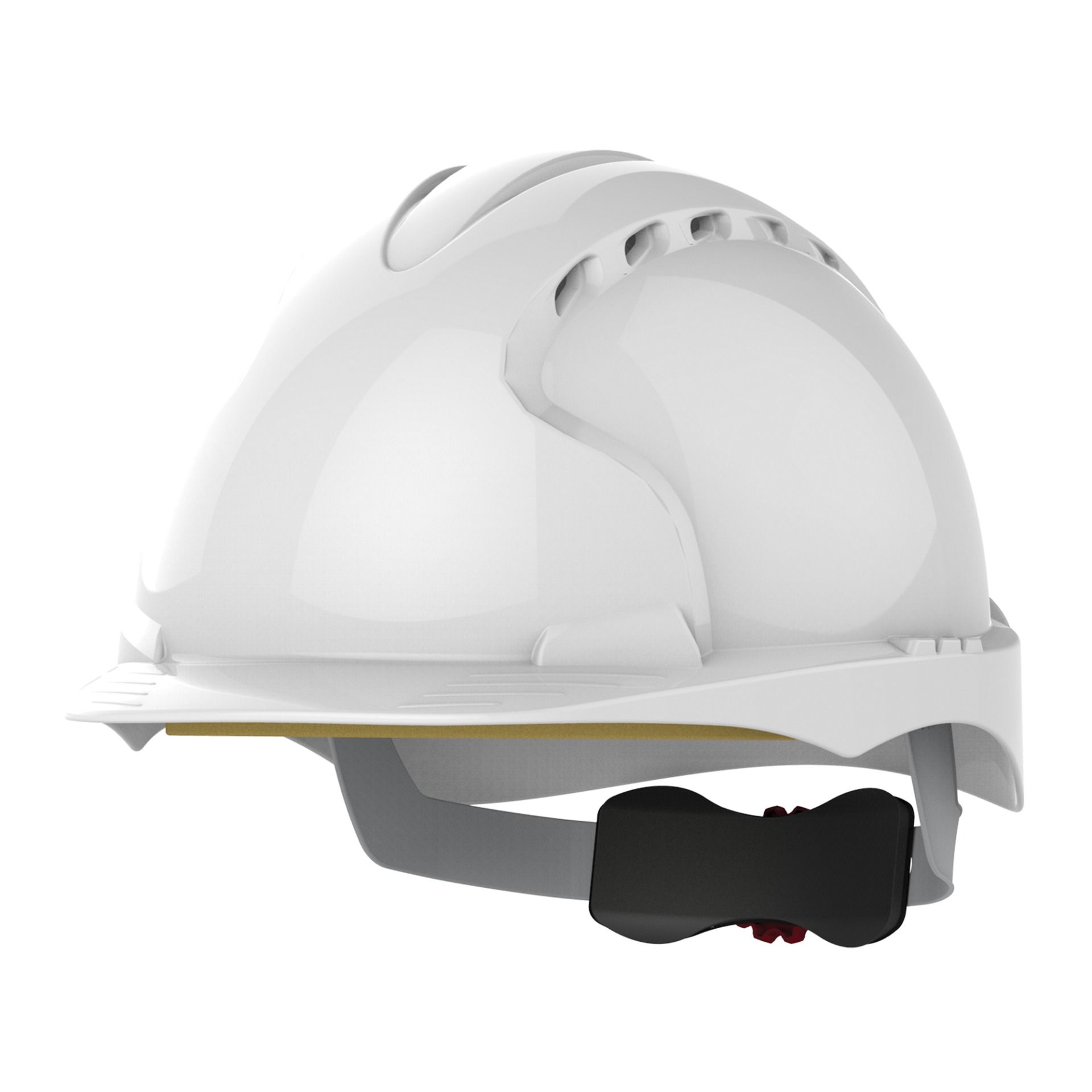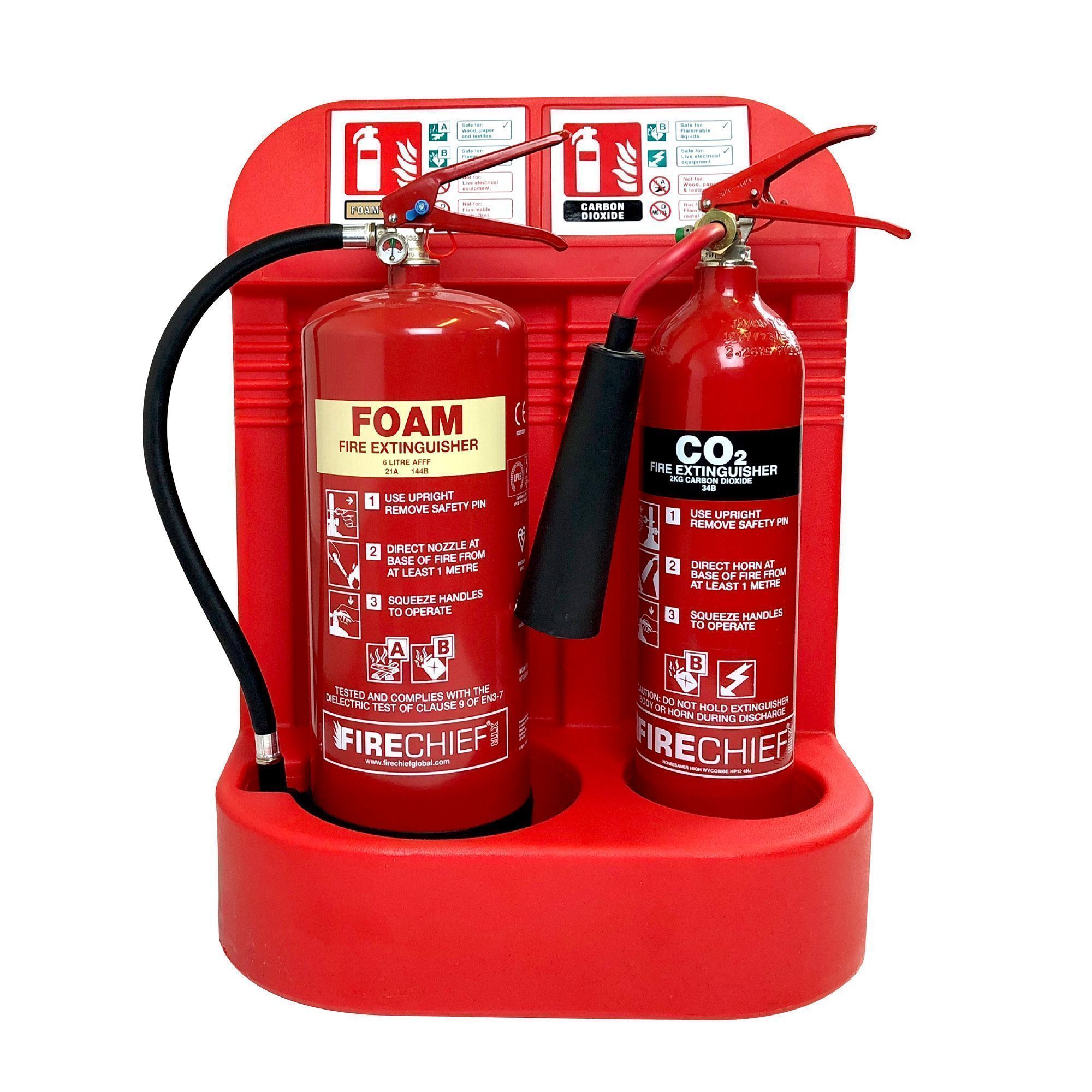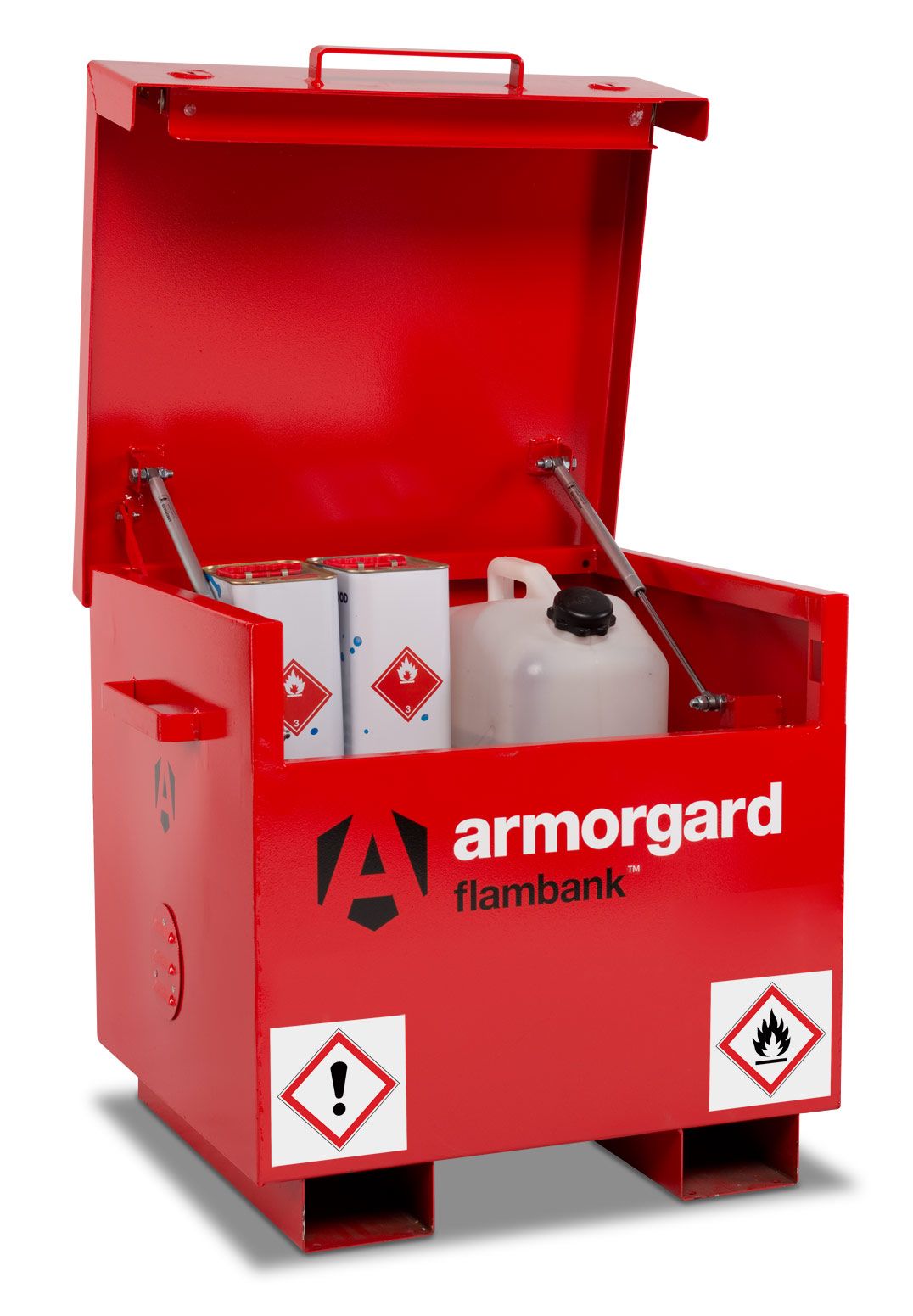Stair safety is a topic that often gets overlooked, yet it is vital for preventing avoidable accidents in both public and private spaces. One important element that can dramatically improve the safety of stairs is anti-slip stair nosing.
Here, SafetyBuyer provides a comprehensive guide to anti-slip stair nosing, walking you through its basics, its numerous benefits and the different types and products available.
The basics of stair nosing
From its fundamental components to its varied applications, we look into the essentials of what makes stair nosing a key element in staircase design and safety.
What is stair nosing?
Stair nosing refers to the edge of the stair where most foot traffic occurs. Essentially, it's the horizontal protruding edge of a stair where the riser and the tread meet. The primary function of stair nosing is to provide a secure foothold, making the stairway safer to traverse.
Why is stair nosing important?
The importance of stair nosing goes beyond aesthetics; it plays a key role in stair safety. Here's why:
-
Traction: stair nosing offers extra grip, especially during wet conditions, reducing the likelihood of slips and falls.
-
Visibility: a distinct nosing can serve as a visual cue that helps people identify the edge of the stairs, reducing trip hazards.
-
Durability: in commercial settings with heavy foot traffic, the stair nosing acts as a protective layer that prevents premature wear and tear on the stair material itself.
-
Compliance: depending on your jurisdiction, stair nosing may be required to meet specific building codes or regulations, such as the Disability Discrimination Act, which mandates improved accessibility.
Given the importance of stair safety, anti-slip stair nosing is an important factor to consider in any stairway design or retrofit.
Why go for anti-slip stair nosing?
From bolstering safety measures to meeting legal requirements and ensuring durability, here's why anti-slip stair nosing is an indispensable addition to any staircase.
Increased safety
One of the most compelling reasons to opt for anti-slip stair nosing is the enhanced level of safety it offers. Regular stair nosing already provides a degree of security, but when you add anti-slip features, the protection is amplified. This is particularly relevant in environments that experience heavy foot traffic, like shopping malls, office buildings or public transport stations. The anti-slip surface minimises the risk of slips and falls, thus ensuring that the stairway is as safe as possible for all users.
Compliant with legislation
Anti-slip stair nosing doesn't just keep people safe; it also helps building owners stay on the right side of the law. For instance, the Disability Discrimination Act requires public buildings to be as accessible as possible. Anti-slip stair nosing contributes to this by providing a surface that is easier to navigate, especially for those with mobility challenges. By making your stairs compliant, you not only improve safety but also potentially avoid legal complications.
Longevity
Anti-slip stair nosings are generally made from durable materials like aluminium and hard-wearing rubber or composite materials. This means that they not only offer immediate benefits in terms of safety but also are a long-lasting solution. Their durability ensures that you won't have to replace them frequently, making them a cost-effective choice in the long run.
The mechanics of anti-slip stair nosing
Understanding the mechanics behind anti-slip stair nosing can help you make an informed decision when choosing the best type for your needs. Here are some key elements:
Material
Anti-slip stair nosings are typically made from durable materials that can withstand wear and tear. Aluminium is a common choice for the core structure due to its durability and lightweight nature. The anti-slip surface itself may be made from rubber, composites or special anti-slip coatings.
Fine grit surface
One of the primary features that give anti-slip stair nosing its effectiveness is the fine grit surface. Fine grit refers to the texture of the nosing, which increases traction underfoot. This added grip is particularly useful in wet or slippery conditions, significantly reducing the likelihood of slips and falls.
Installation
Installation of anti-slip stair nosing is generally straightforward but should be conducted by professionals to ensure maximum effectiveness and compliance with regulations. The nosing is usually secured to the edge of the stair using screws, adhesive or a combination of both, depending on the material of the stair and the nosing. Proper installation is necessary not only for immediate safety but also for the long-term durability of the nosing.
Types of anti-slip stair nosings
The market offers a range of anti-slip stair nosings designed to cater to various needs and environments. Knowing the different types can help you make an informed decision that best suits your specific requirements.
For indoor use
Indoor stair nosings are generally designed for settings where aesthetics are as important as functionality. They often come in various styles and materials that easily blend in with the existing décor. The anti-slip surface usually features a fine grit texture suitable for normal indoor conditions such as offices, schools, or residential buildings.
For outdoor use
Outdoor stair nosings are built to be more robust, capable of withstanding harsh weather conditions. They generally have a coarser grit surface to provide extra grip in wet or icy conditions. Materials like weather-resistant aluminium and hardy rubber composites are common in outdoor nosings. These are ideal for public areas like parks, train stations and shopping centres.
Benefits of anti-slip stair nosing
The overarching benefits of installing anti-slip stair nosing are:
Safety
The primary and most immediate benefit is, of course, enhanced safety. By providing extra grip and reducing the risk of slips and falls, anti-slip stair nosing contributes to creating a safer environment. This is invaluable in public spaces, commercial settings, and even in private residences where people of all ages and mobility levels may be using the stairs.
Cost-effectiveness
Although the initial outlay for high-quality anti-slip stair nosing may seem like an added expense, its durability makes it a cost-effective choice in the long term. The material's longevity means less frequent replacements and fewer risks of accidents, which could result in costly legal repercussions.
Aesthetic appeal
Modern anti-slip stair nosings come in a variety of styles, colours and materials. This means that, in addition to the functional benefits, you can choose a type that complements the aesthetics of your space. Whether you are looking for a sleek, modern design or a more traditional look, there's likely an anti-slip stair nosing that matches your needs.
Contact us
For more insights into anti-slip stair nosing and how they could improve your organisation's approach to workplace safety, browse our full range today. Alternatively, call us for free on 0800 043 0161 to discuss your application, or email us at sales@safetybuyer.com to find out more.
 Over 12,000
Over 12,000  Simple no quibble
Simple no quibble  Prompt dispatch &
Prompt dispatch &  UK Mainland Delivery
UK Mainland Delivery 